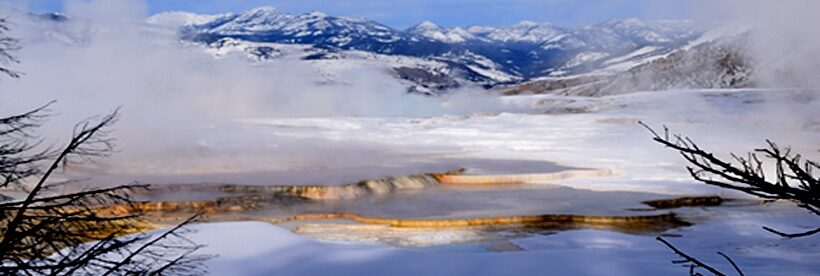Jakobshavn Isbræ, Greenland’s fastest flowing glacier, has been moving even faster over the past several years. The Jakobshavn Glacier, or Jakobshavn Isbræ, is located on the west coast of Greenland and drains a major part of the Greenland ice sheet into a deep ocean fjord. Accordingly, the Jakobshavn Glacier could add significantly to sea level rise.
Recorded speeds of glacial flow during the summer of 2012 topped out at more than 17 kilometers per year, or over 46 meters per day. In fact, the transient summer speeds observed for 2012 probably represent the fastest observed speeds for any outlet glacier or ice stream in Greenland or Antarctica. In a paper published recently in The Cryosphere, Joughin and others, note that:
We have extended the record of flow speed on Jakobshavn Isbræ through the summer of 2013. These new data reveal large seasonal speedups, 30 to 50% greater than previous summers. At a point a few kilometres inland from the terminus, the mean annual speed for 2012 is nearly three times as great as that in the mid-1990s, while the peak summer speeds are more than a factor of four greater. These speeds were achieved as the glacier terminus appears to have retreated to the bottom of an over-deepened basin with a depth of 1300m below sea level. The terminus is likely to reach the deepest section of the trough within a few decades, after which it could rapidly retreat to the shallower regions 50 km farther upstream, potentially by the end of this century.
The warming trend in the Arctic correlates with Greenland’s glaciers thinning and retreating progressively inland. The rapid retreat of the Jakobshavn Isbræ, however, is due not only to the warming trend, but to a number of feedbacks. The primary control on the glacial flow now is the physical location of the glacier’s calving front. The calving front is currently located in a deep area of its outlet fiord, an area where the underlying rock bed is about 1300 meters below sea level. As the glacier loses ice in this area – basically the ice in front that is holding back the flow – the flow speeds up.
The contribution to sea level rise from the Jakobshavn Isbræ may be significant. One of the study’s authors, Ian Joughlin, is quoted in Science Daily, 2/3/2014, as saying:
We know that from 2000 to 2010 this glacier alone increased sea level by about 1 mm. With the additional speed it likely will contribute a bit more than this over the next decade.
So what should we expect for the Jakobshavn Isbræ’s future? Joughlin and others summarized this by:
Thus, the potential for large losses from Greenland is likely to be determined by the depth and inland extent of the troughs through which its outlet glaciers drain. These features are only beginning to be well resolved by international efforts such as NASA’s Operation IceBridge. The relatively sparse data collected thus far indicate that, with its great depths and inland extent, Jakobshavn’s Isbræ is somewhat unique (Bamber et al., 2013), suggesting that it may be difficult for the majority of Greenland’s outlet glaciers to produce or to sustain such large increases in ice discharge.
Of interest may be an earlier Geopostings on “Chasing Ice” that showed a 2012 huge calving event from the Jakobshavn Isbræ.
